No Results Found
The page you requested could not be found. Try refining your search, or use the navigation above to locate the post.
You start to crochet the day you pick up your first hook (the day before that you had never held a hook and knew not of this captivating craft).
From that day onwards (we shall call it Hook Day) you can say you are a crocheter to some degree.
Although it may take weeks, months, years (or never) for you to turn your crocheting into a micro-business.
When you decide to set up in a crochet business there are many things to think about before you get-going and start to sell, because selling something is what being in business is all about.
You may produce crocheted goodies, designs or your skills or a combination of these options. It depends on you and what interests you enough to keep you going through the early tough days of your business.
I used to think that my dream customer was anyone who bought my stuff.
Maybe you think this too, but take that thought another step forward and tune into who exactly your dream customer is and could be.
If you know who your dream customer is, it is one way to decide on the thrust of your creative and promotional effort.
This is important as we, as crocheters, only have so much creative effort each day and it is best not to waste it.
They say you can make more money but not more time and this is very true for creative types which I’m sure you are as you are reading this article.
You need to work out whether you will sell:
If you are going to sell your hand-made crochet goods like hats and scarves you can sell them:
If you are going to sell digital goods like patterns, eBooks or videos there is no choice, like above with your actual physical crochet hats and scarves, you will sell your digital products online and globally to an international market.
This means all of these types of items need to be very clear and use standard crochet terminology and easily understood by all.
The thing is, who is your customer and more importantly where is your customer.
There are four areas in where your customers are found:
It depends again who they are:
Examples of who is, and where to find, your dream customer
Your dream customer may:
It may take some time for you to decide who your dream customer is, but the benefits to you of this simple exercise are immense in saving time, money and effort.
Not to mention the agonising over why things are not working if you are pitching to the wrong people or madly crocheting things that they don’t want.
There is no point making twenty winter hats if you live in a warm place unless you have an online store selling to cold areas like, north America, Canada or northern Europe and you sell winter hats all year round.
If you have an online store you can sell all items both physical and digital all the time.
There is no point in stockpiling multiples of the same item if they are not selling.
Be aware of seasonal changes (summer and winter) and adjust your stock of made-up items to suit.
Don’t carry winter hats through the summer if they sit on your shelves waiting to be bought and don’t carry summer lacy vests through the winter.
Rather have a sale in the spring (and move your winter hats) and a sale in the autumn (and move your summer tops) and reduce them to a lower price.
This will free up your cash so you can buy more yarn and make what is in demand in the next three months or so of summer.
This is known as cashflow.
Some crocheters like to have made-up items of whatever their speciality is neatly folded and in plastic bags ready for shipping.
Whilst this is good (to be organised so you can find thing when they do sell) it does not make sense to carry stock over the wrong season because you have money invested in these items.
These are some ideas to think about as you craft your next project. they are points I wish someone had told me way back when I started selling my crochet goods.
I hope you find them of use as you grow your own crochet micro-business by knowing your dream customer.

Alison Heathcote, a passionate crochet enthusiast and dedicated business blogger, combines her love for crafting and entrepreneurship to inspire and connect with others.
With a knack for transforming yarn into beautiful creations and a flair for sharing valuable insights about running a successful crochet business, Alison embodies the perfect blend of creativity and practicality.
If you enjoyed this post and crochet is your thing, you may like some other crochet articles from our blog.
The page you requested could not be found. Try refining your search, or use the navigation above to locate the post.
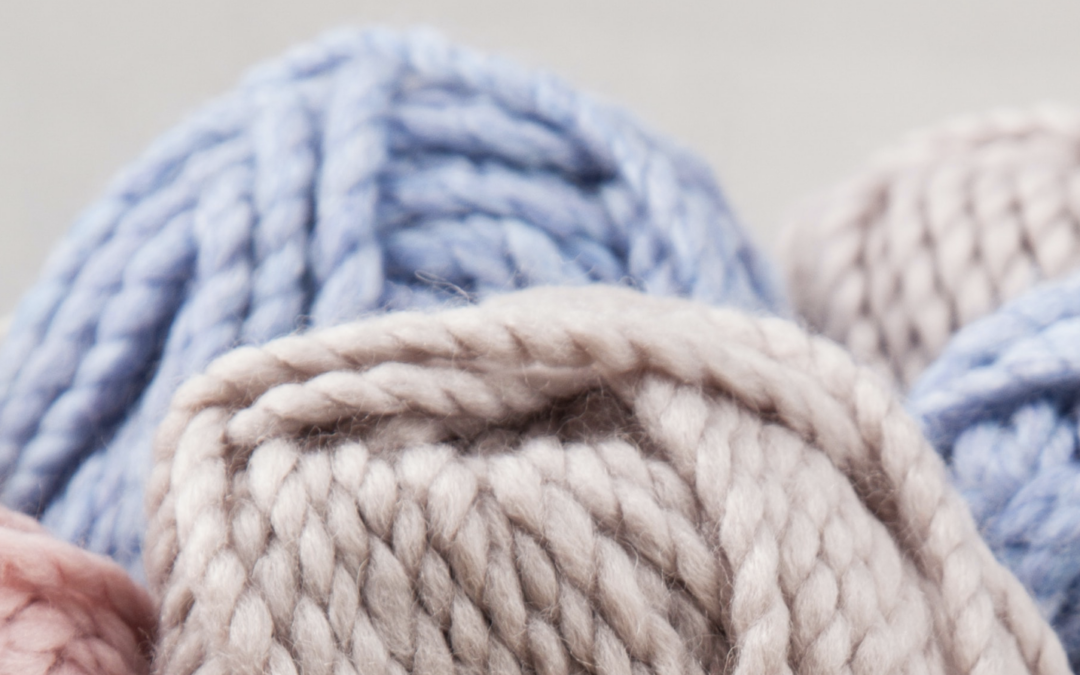
Author: Alison Heathcote - Published: April 2013 - Revised: January 2024 Crochet for Self-care Crochet is a wonderful activity that can provide relaxation, mindfulness, and creativity, making it an ideal addition to your daily self-care routine. Whether you...
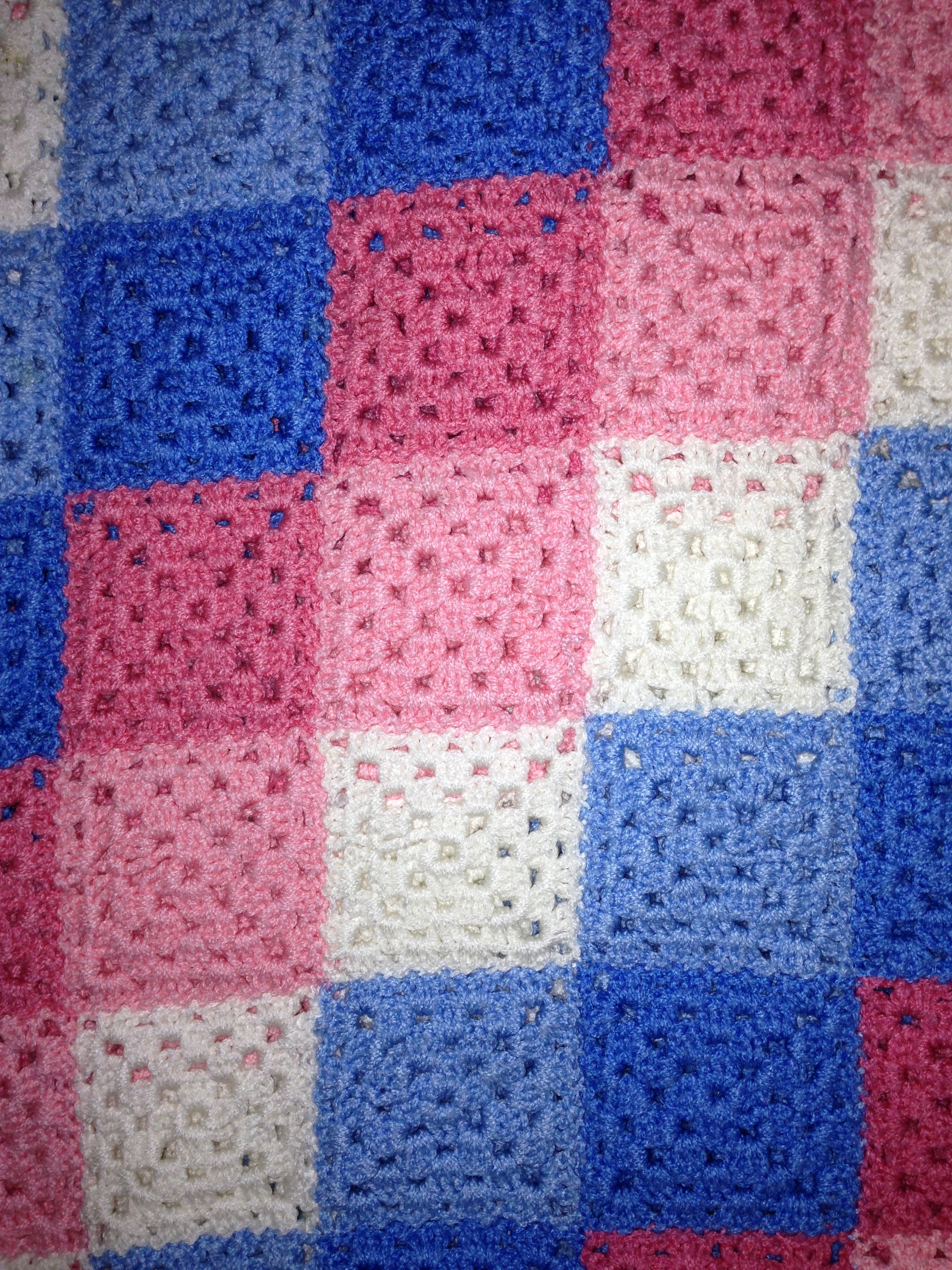
What is crochet? Let's break it down letter by letter. C – R – O – C – H – E - T C is for Creative If it is anything crochet is creative. It is not like knitting where machines can do it. Crochet is always done by hand and usually there is only one stitch on the hook...
Author: Alison Heathcote – Published: April 2013 – Revised: January 2024
What is a micro business?
A micro business is any little business that makes money. For example when you crochet something and sell the finished product or the pattern. Typically a micro business is a one man (or woman) show. If you crochet (or knit or craft) and sell your items you have a micro business.
A micro business can also be referred to as a the new word of solopreneur. Like an entrepreneur, but going solo, or on your own. A micro business can grow to two, three or four people working together but it is usually that one person does it all, all the business things like:
Phew!
If you make items and give them to others or to charity then you are not a micro business. If you do take money for your crafted items then you have a micro business.
All income and costs need to be declared to the tax man. Don’t start pocketing the cash if you do it creates bad karma around money for you in the future.
You want the money to flow towards you and that you will prosper. If you cheat the system you create blockages for the money stream and this stops other good things like prosperity Being able to gravitate towards you.
Note every cent in and out from day one. You will likely get a refund anyway if your turnover is low and under one thousand dollars a year. Do not worry about this now, but make records. Money in and out. Keep receipts for every purchase for your creations like that ball of yarn from the wool shop or a new paintbrush for your art.
Start today. Let the universe know that you are in business. If you think you may have taken a vow of poverty now is the time to let it go.
First you think of the idea of say, to make a hat. Then you speak about your ideas to make the hat. Then you do the deed and make the hat.
There is a sequence to creativity.
I want to add another step and that is to journal the process and to capture the moment.
Get a notebook. Open it to the first double page.
On the left hand side draw the image of the item, the pattern diagram the finished garment. Here you can add the color palette and note or scetch any special details. On the right hand page write “Hat” (or whatever your craft project is) at the top. Write all the details of the yarns, pattern and hook, and instructions to make the hat. Two thirds of the way down the page draw a line across the page.
In the lower right part express your feelings about the project. Are you excited, scared, happy, overwhelmed, or finally at peace? Keep your notebook handy. Over the days and weeks of the project, journal the process and your feelings about the item.
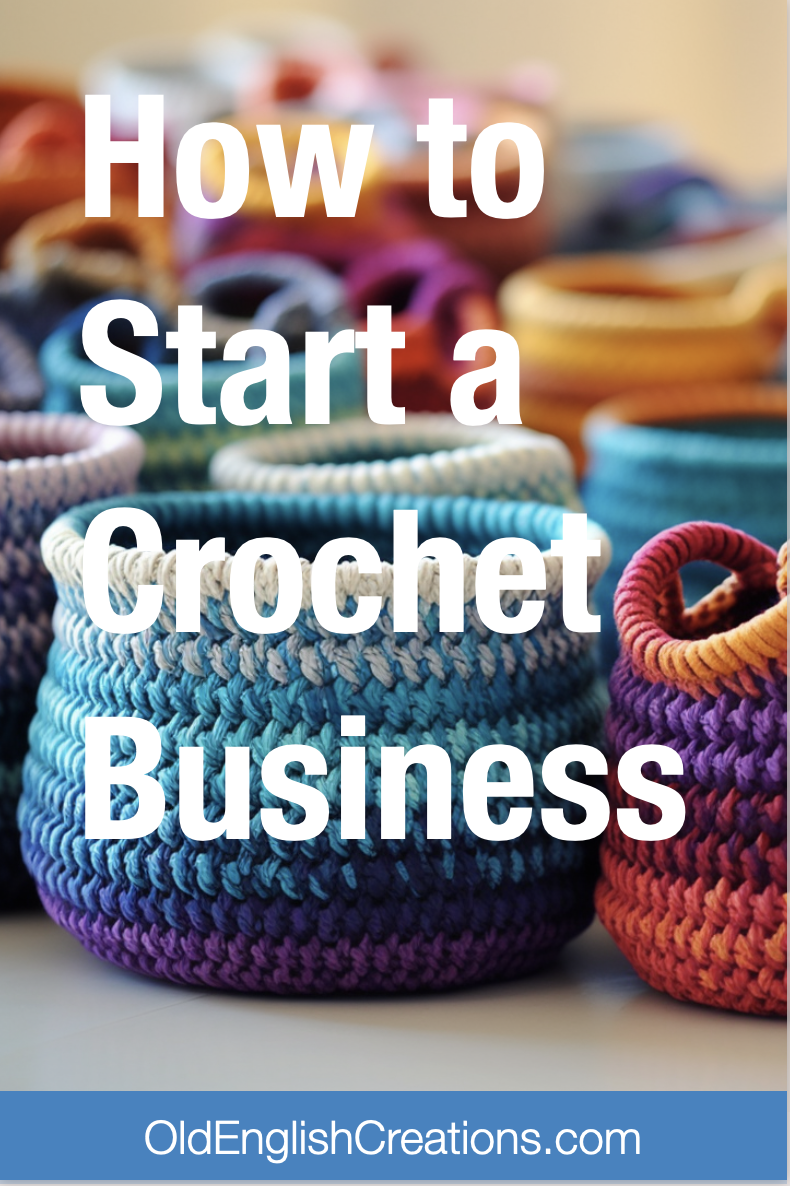
Pin this to read later.
I like Moleskin notebooks. Size A5 which is about 5” wide by 8” long. Get the one with plain blank pages and no lines.
On a side note, they also have a screenwriters design with a story board format which is fun to use for a “How-to” project.
Don’t let another idea pass you by. Note it in your creative journal. You can go back over your many ideas later and weed out what is good and doable, and look at why a project is not going to get done. Become used to capturing your ideas.
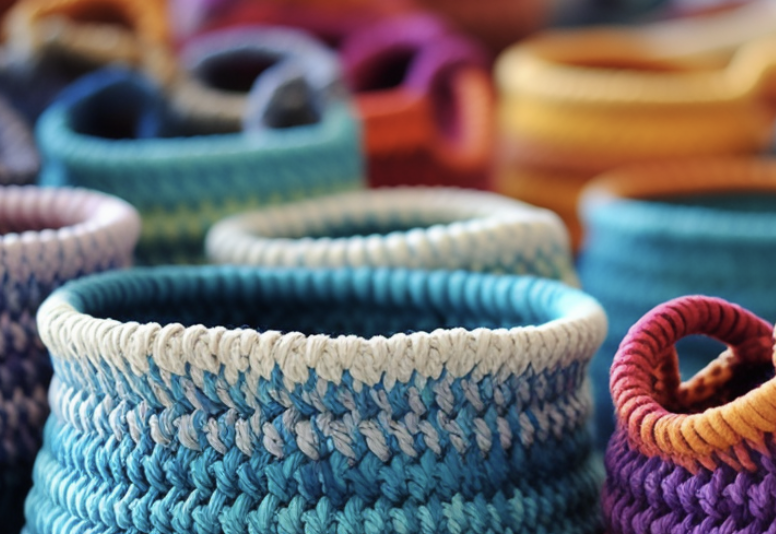

Alison Heathcote is a passionate crochet enthusiast and dedicated business blogger. She combines her love for crafting and entrepreneurship to inspire and connect with others.
With a knack for transforming yarn into beautiful creations and a flair for sharing valuable insights about running a successful crochet business, Alison embodies the perfect blend of creativity and practicality.
Read more about Alison’s crochet journey.
If you enjoyed this post and crochet is your thing, you may like some other crochet articles from our blog.
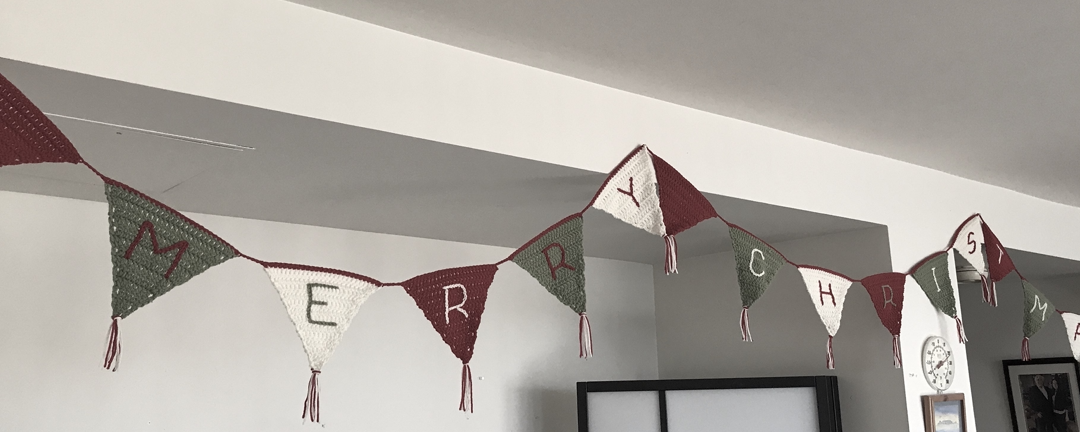
You will love to create this gorgeous Merry Christmas decoration for your home.
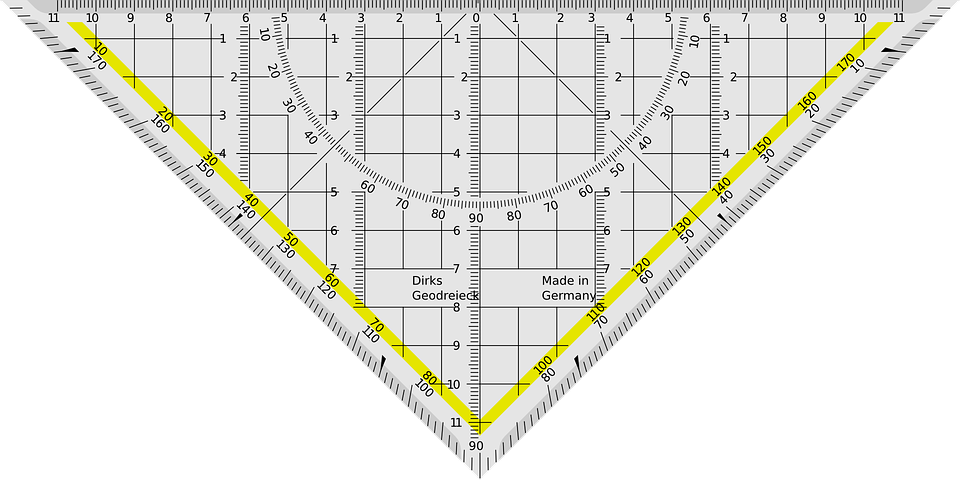
Shawl and Wrap Shapes Wraps are rectangles and shawls are triangles. This is the general consensus. You can get semi-circle wraps as well. But in this post I'm discussing the structure of crocheted triangles. Triangles A triangle has three sides and three...
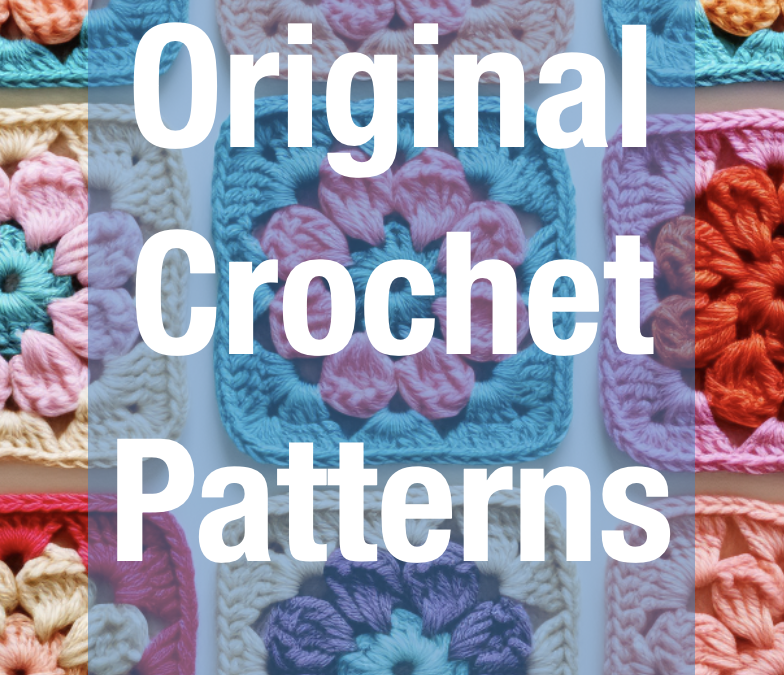
Author: Alison Heathcote - Published: January 2024 About Our Original Crochet Patterns Finding a crochet pattern can be quite overwhelming with the multitude of options available. However, the real challenge lies in discovering patterns that not only meet your...